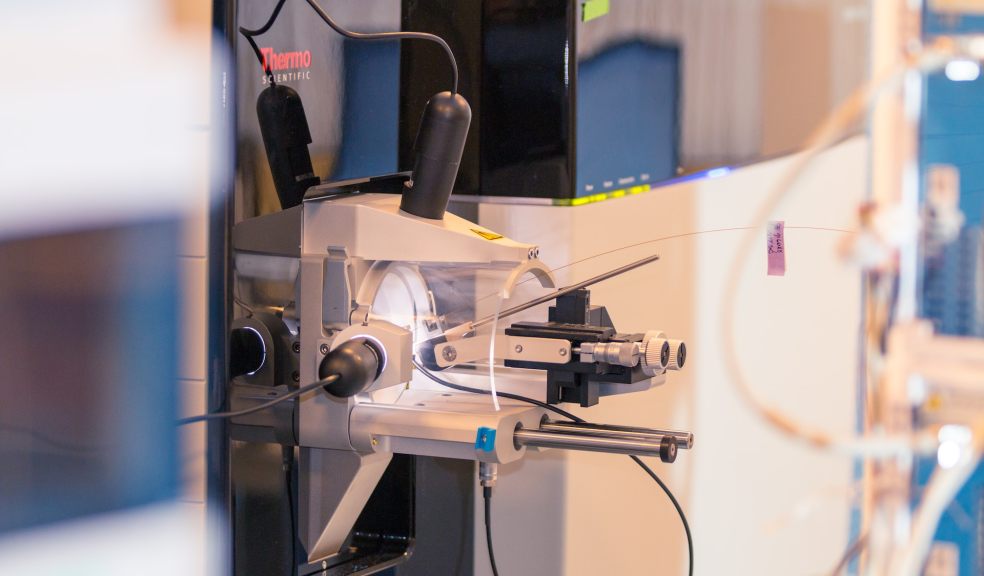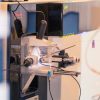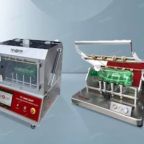
Spectrometry and modern technology: Where the two worlds collide
Spectrometry is becoming gradually widespread, given its many use cases and applications in numerous industries and fields, such as medicine, agriculture, food analysis, pharmacy, and others. Today, it represents one of the most potent physical-chemical means of discovering and analyzing compounds, as well as assessing their reactivity and structure. The lengthy list of developments in the ion separation and ionization sectors quickly enabled these methods to be adapted and used in many mixtures and compounds. Mass spectrometry covers plenty of areas and serves numerous applications, ranging from solving analytical problems to characterizing structures of intrinsic bio-organic molecules.
As you will see in the following paragraphs, spectrometry is actually indispensable in today's technological field, serving as a pilon for all the advancements and developments that are gradually arising. The following areas and situations are some of the places where spectrometry is used and explored the most, so let's unearth them and the potential of this science and related tools to simplify complex processes of molecule assessment, compound detection, and more.
Food testing tool
There's more and more awareness raised around the safety and quality of food, with an increasing audience becoming unwilling to compromise on these aspects for the sake of filling up their carts or making savings to spend on house items. These are essential for balanced and healthy human nutrition, and businesses in the food and beverage industry are more attentive than ever to the ingredients, production techniques and methods, and overall stages of formulating and preparing products.
Assessing the food's chemical composition can be complicated for analysts, as it necessitates efficient means. However, mass spectrometry and chromatography are the sciences behind many processes of analysis of intrinsic food samples, whether you look at finished products or raw ingredients. And to make information more accessible to digest, it's helpful to look into a typical example of how a NIR spectrometer works in the food and chemical product area, besides serving the pharmaceutical/healthcare and agricultural industries. The NIR light is used to unearth different concentrations or distinguish samples in a given recipient.
In food analysis, mass spectrometry is responsible for the analysis of certain aspects of the product's quality, assessing elements like the nutraceutical active compounds, vitamins (or micronutrients), carbohydrates, lipids, and proteins (or macronutrients), or the sample's nutritional value. Furthermore, the study covers elements like food pigments, flavour, sensory quality, detection of pesticides, veterinary drugs, organic pollutants, contact materials, pathogens, and more.
Metabolomics, glycomics, proteomics
To first understand the imperativeness of spectrometers in the three study categories enumerated below, it's crucial to grab a quick definition of them. Metabolomics, glycomics, and proteomics are all sciences which study how different molecules interact. The second, for instance, analyses the whole amalgam of genetic instructions in the DNA molecule responsible for carrying genetic information to offer an overview of them and find the glycome's function and structure. This is a subset of glycobiology, but few know that the importance of this study is paramount in biochemistry, helping find out genes and other elements that control glycosylation.
On the other hand, proteomics aims to spot all the proteins in an organelle or protein complex, discover their location, and analyze protein interactions. In layman's words, proteomics investigates different interactions between proteins, known as the large-scale study of proteins.
Metabolomics, as the name suggests, represents studying a given number of metabolites in a tissue, cell, biofluid, or organism. It's critical to find early symptoms of cancer and cancer in its first stage, further helping explore the molecule's structure.
Mass spectrometry in biological sciences
The mass spectrometer, a complex analytical tool used in mass spectrometry to take measurements of the mass-to-charge ratio of the molecules found in a sample, is increasingly used in biological sciences. In metabolomics, for instance, endogenous metabolites are profiled. On the other hand, in proteomics, the instruments are used to analyze the proteins found in biological systems. In contrast, the complement of sugars in an organelle is discovered in the same way in glycomics.
Mass spectrometry works like a glove in this aspect, given the low limit of detection inherited. This development's importance lies in finding and analyzing proteins that exist at femtomolar quantities.
Mass spectrometry serves in splitting ions to extract information about their structure through a tandem mass spectrometry method. More approaches exist, and each helps create a database around the given protein.
Detector of resistance to antibiotics
The whole world relies on antibiotics, the medicine that eliminates infections in people and animals. Even if their use isn't evenly distributed, they become more and more relevant in today's healthcare and medicine industry. Starting with 2000, antibiotic consumption levels rose by 46%, even if more and more places regulate them and make OTC procurement illegal without a doctor's prescription. Amoxicillin and azithromycin rank among the most widespread and used antibiotics, seeing them being used more in outpatient settings that aren't linked to hospitals.
Despite their prevalence, overuse can lead to resistance and a lack of effect when an infection kicks in, asking for more powerful medicines. Spectrometry is of paramount need in clinical microbiology, potentially helping experts detect antibiotic resistance quicker compared to any other method. Furthermore, an ionization technique used with other mass assessors can analyze different substances like lipids, carbohydrates, larger proteins, and peptides, which is especially helpful to laser pulses. As one can see, spectrometry works to ease processes in laboratories despite the complexity the science may exude.
BAC measurement
As easy and rapid as it is to have one’s alcohol content discovered at any given moment through the breathalyzers, the whole process wouldn’t be possible without several elements behind, such as one of the following:
- Infrared spectrometer
- Fuel cell sensors
- Semiconductor oxide sensor
Breathalyzers are used in police stations and mainly reliable on infrared spectrometry, where the infrared light assesses compounds through the user’s breath and determines the amount of existing ethanol in the bloodstream. This way, the subject’s BAC (Blood Alcohol Content) is calculated and policemen can further apply sanctions or let the innocent citizen move on.
Spectrometry isn't just about tools analyzing complex samples in various ways; it’s also about bringing science closer to everyone via technological advancements and simplifying processes like testing and analyzing patterns in subjects.

















